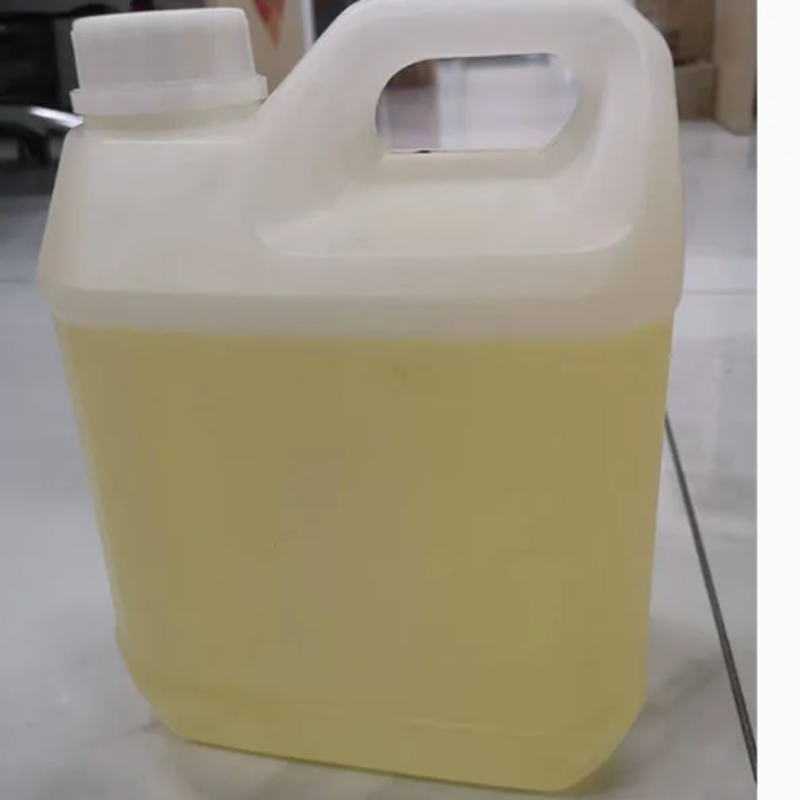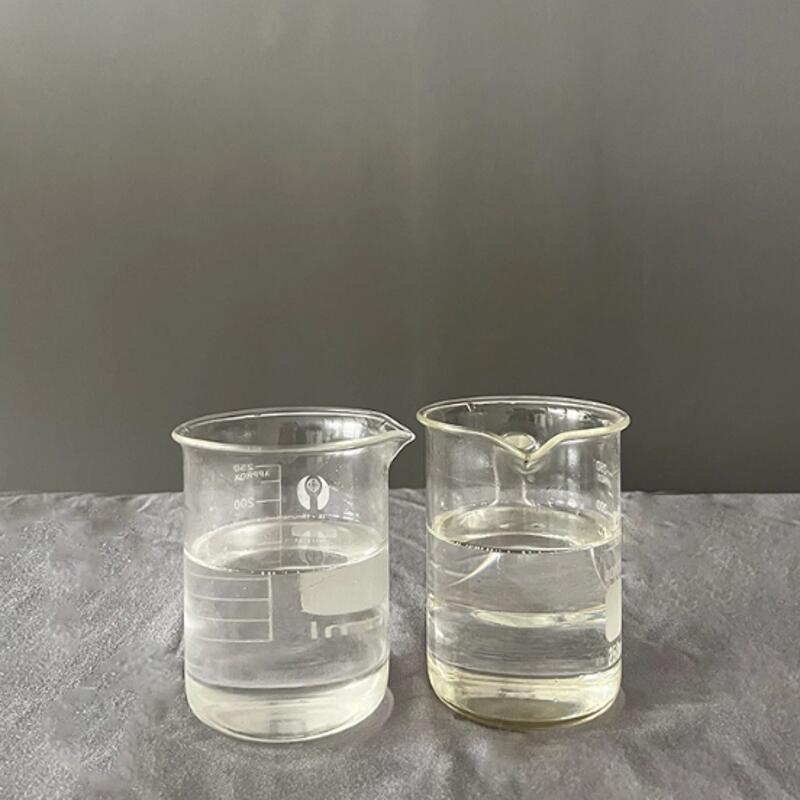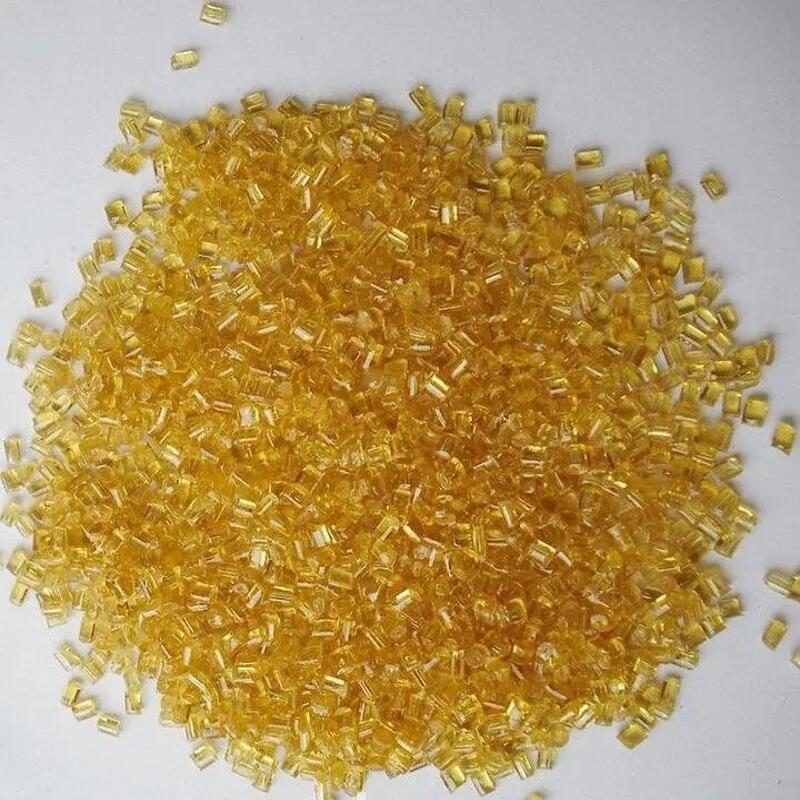-
Categories
-
Pharmaceutical Intermediates
-
Active Pharmaceutical Ingredients
-
Food Additives
- Industrial Coatings
- Agrochemicals
- Dyes and Pigments
- Surfactant
- Flavors and Fragrances
- Chemical Reagents
- Catalyst and Auxiliary
- Natural Products
- Inorganic Chemistry
-
Organic Chemistry
-
Biochemical Engineering
- Analytical Chemistry
-
Cosmetic Ingredient
- Water Treatment Chemical
-
Pharmaceutical Intermediates
Promotion
ECHEMI Mall
Wholesale
Weekly Price
Exhibition
News
-
Trade Service
At 16:23 on May 8, Guangzhou Petrochemical's No.
3 polypropylene plant used the hydrogen conditioning method for the first time, and successfully produced polypropylene fiber material product PPH-Y40-G, with a melting index of up to 40g/10min, which is the highest currently produced by the plant.
Melt index homopolymer products are mainly used to make S-layer spunbond fabrics for masks, and can also be used in the production of diapers and other products, and are widely welcomed by the market
.
In the "hundred days of tackling difficulties and creating benefits" action, Guangzhou Petrochemical, guided by the market, optimized the product structure in a timely manner, and actively organized the development and production of new products of high-melting index polypropylene fiber materials
.
The No.
3 polypropylene plant normally produces high-performance impact-resistant copolymerized polypropylene products.
In view of the difficulty in controlling the high melt index of the new product PPH-Y40-G, technicians work overtime to formulate production plans and optimize process parameters; during production, management, Technicians conduct full-time management and control of the production process; in view of the high melt index of the product and the difficulty in granulation, the installation personnel conduct comprehensive maintenance of the granulation unit in advance to ensure the safe and stable operation of key units
.
In addition, in response to the market demand for polypropylene fiber product PPH-Y40-G powder, the plant adjusted the production plan to a "dual production" mode of pellets and powder, and started and stopped the pelletizing extrusion unit and " Full time" on-site powder packaging
.
As of May 12, the No.
3 polypropylene plant has produced about 1,200 tons of PPH-Y40-G powder and about 500 tons of pellets, meeting the market's demand for polypropylene fiber materials
.







